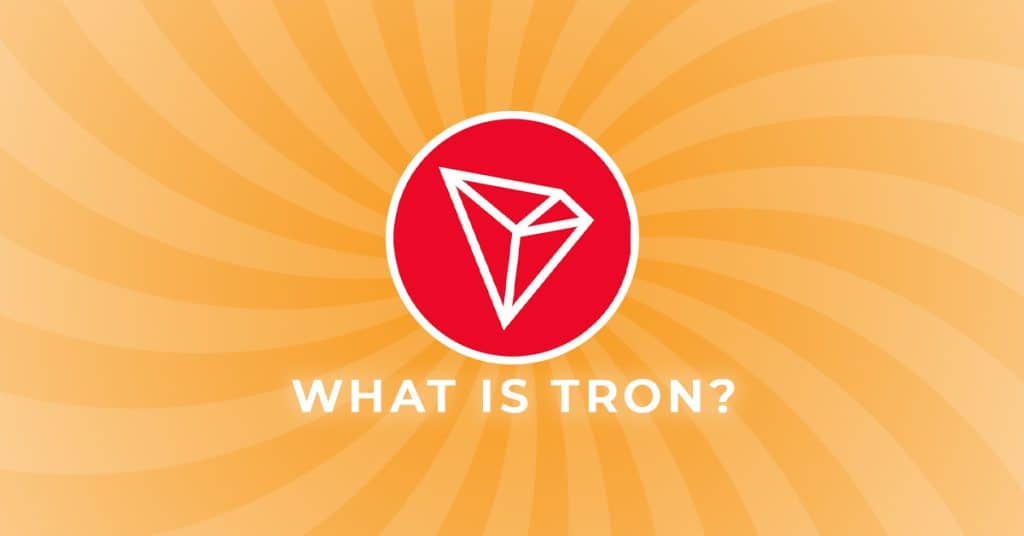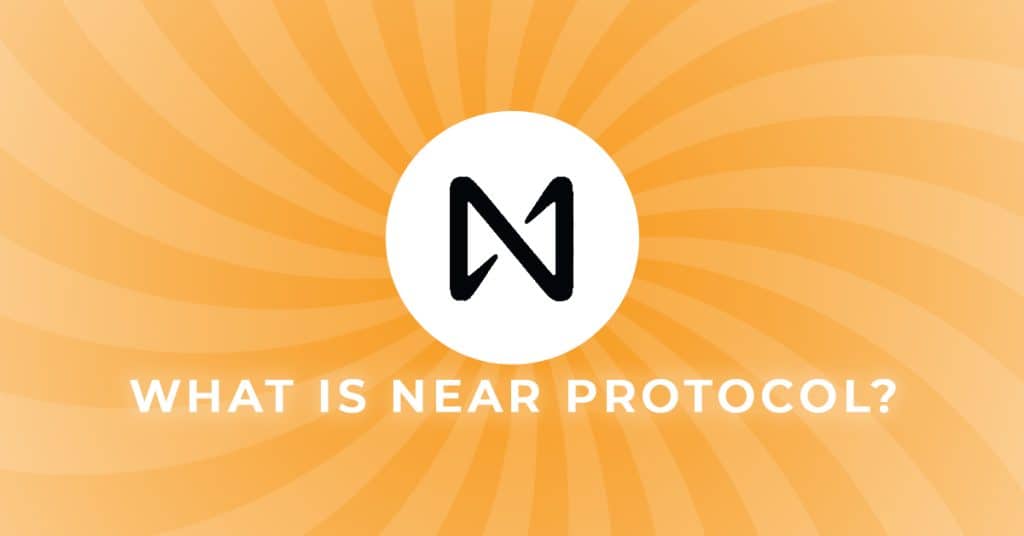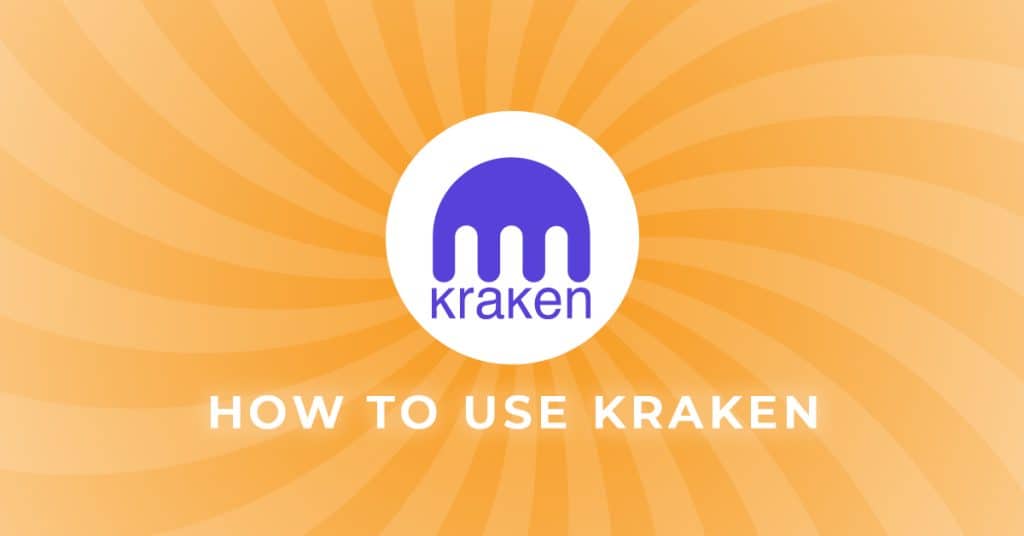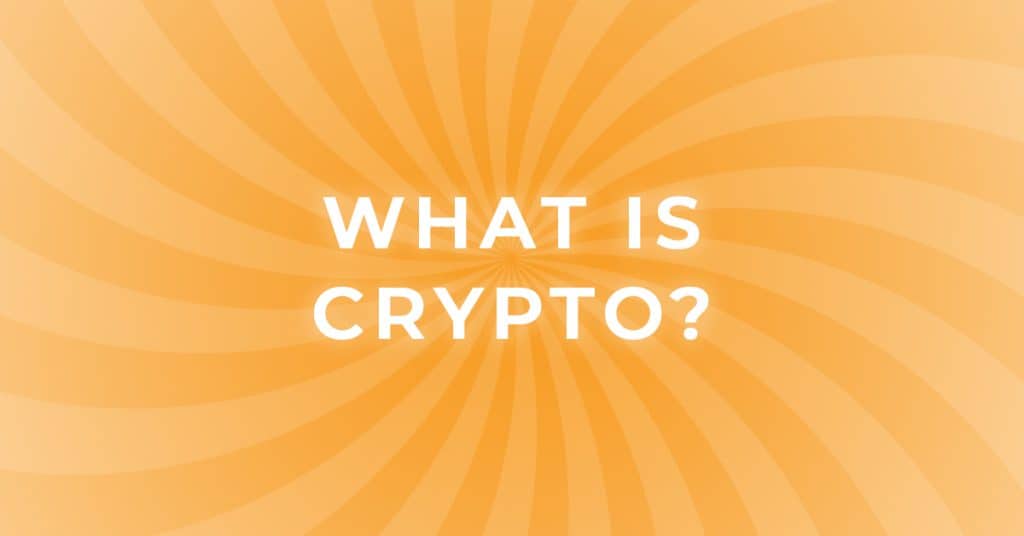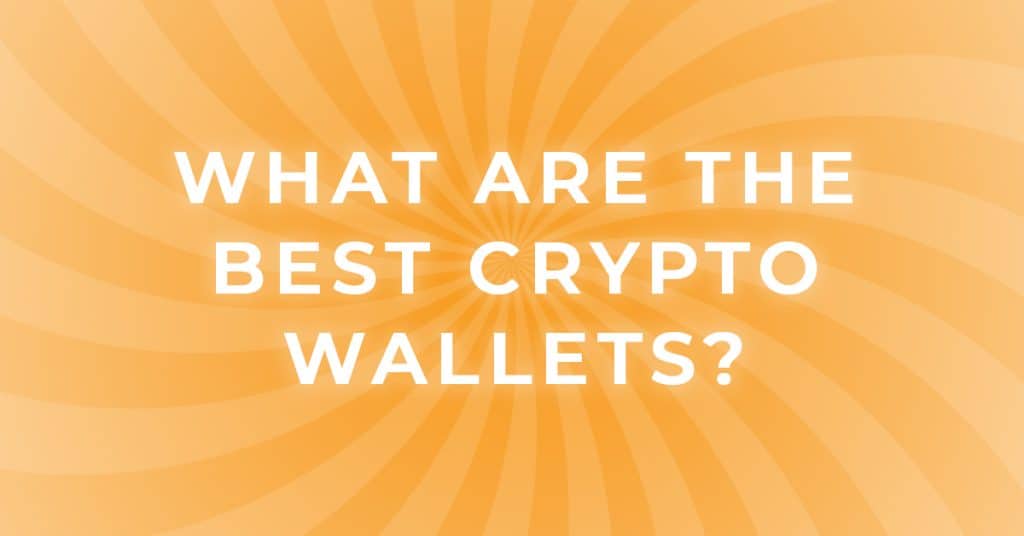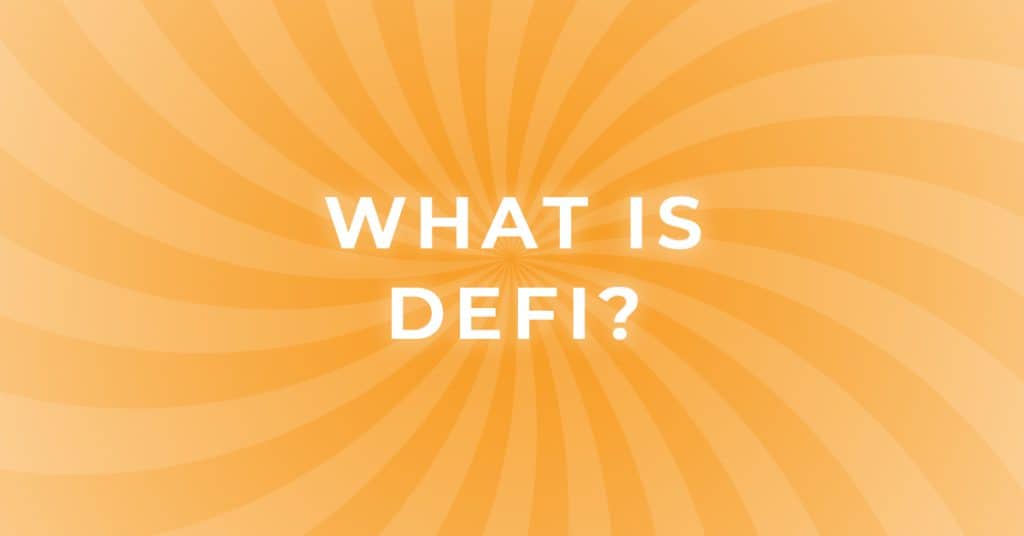What are Layer 2s? | Layer 2s Explained for Beginners
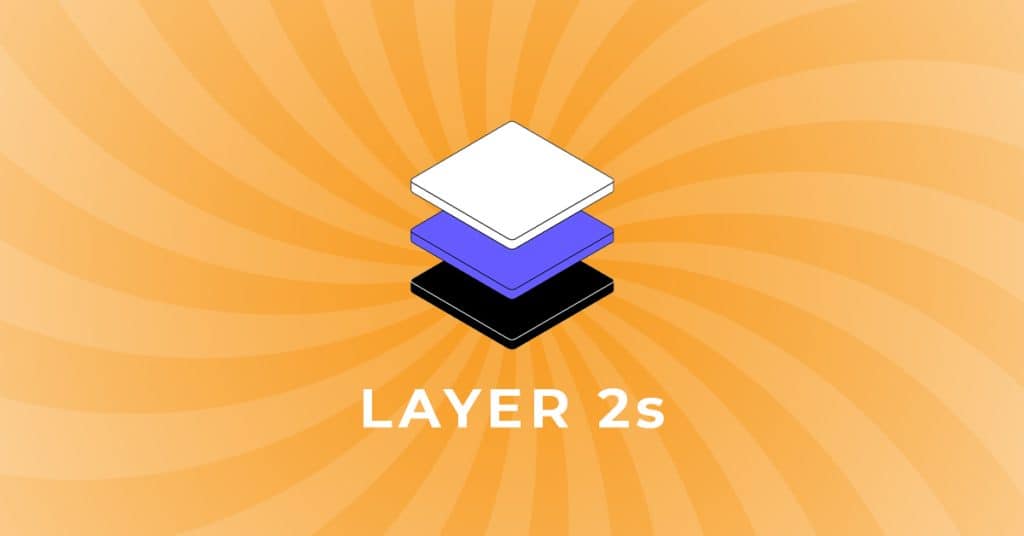
Layer 1 vs Layer 2 Blockchains
To begin understanding what Layer 2 technology is. First, you need to know that Blockchains like Bitcoin, Ethereum, Solana, Cardano, Polkadot, Avalanche, and Elrond are all considered to be Layer 1 Blockchains. They’re the primary level (Core Network) at which information is communicated. These Layer 1 Blockchains will always remain the main place for transactions to settle.
Layer 2 Blockchains simply ease the strain of Layer 1 Blockchains. This is achieved by creating secondary networks or protocols on top of existing ones. These secondary layers help condense and optimize information into smaller bitesize packages, allowing for more information to be verified much quicker, without the required computational power of the main Layer 1 Blockchain.
Why Do We Need Layer 2s?
Initially, there wasn’t a need for Layer 2 technology when Bitcoin or even Ethereum began, because there were only a fraction of the people using the networks as there are today.
The need for Layer 2 implementation was born from the natural progression of Blockchains aging. Funny to think of something younger than a decade like Ethereum being called aged, but, the fact remains that Layer 2 was created out of necessity. Not just for the current needs of the network either, but, also in anticipation of future needs.
Layer 2s are generally broken into three groups:
- Off-Chain protocols complete transactions completely off the main blockchain.
- Side-Chains are separate blockchains attached to the main blockchain, and
- Zero-Proof Knowledge upgrades that help to create actual privacy layers for transactions to settle on.
Not all networks need Layer 2 solutions either. Bitcoin is considered a 1st Generation Blockchain, Ethereum 2nd Generation, and newer Blockchains like Solana, Cardano, and Polkapot would be 3rd Generation.
Bitcoin has far too much Network Effect to just start over. Upgrading with Layer 2s without sacrificing Bitcoins security for transaction speed is the only viable option. For Ethereum, the need for Layer 2 technology began before Ethereum 2.0 was a twinkle in Vitaliks’ eye. The newer 3rd Generation Blockchains don’t require Layer 2 solutions as they’ve been built specifically to solve the scaling issues of 1st, and 2nd Generation Blockchains.

The eventual upgrade to Ethereum 2.0 will bring Layer 2 scaling solutions in a few newly discussed forms. The introduction of Casper will shift Ethereum from Proof of Work to Proof of Stake, while Plasma will create a more robust secondary smart contract layer on Ethereum. A possible Sharding upgrade will allow data to be split up into smaller pieces, while still being able to verify all data to be true on Ethereum.
The most popular layer 2s for Ethereum are:
- Arbitrum
- Optimism
- ImmutableX
- Loopring
- Metis
- xDAI.
In this beginner guide you will find step by step information on how to use Arbitrum.
When it comes to Bitcoin, the most decentralized Layer 2 solution is the Lightning Network. Lightning is an off-chain technology that verifies Bitcoin transactions off the main Bitcoin Network and then uploads them to the Bitcoin Network at a later date. This works in large part by implementing technology learned from the creation of Litecoin.
Layer 2 solutions will always have a place in 1st and 2nd generation blockchain scaling discussions. But, when it comes to 3rd generation technology it’s not a variable to worry about.

